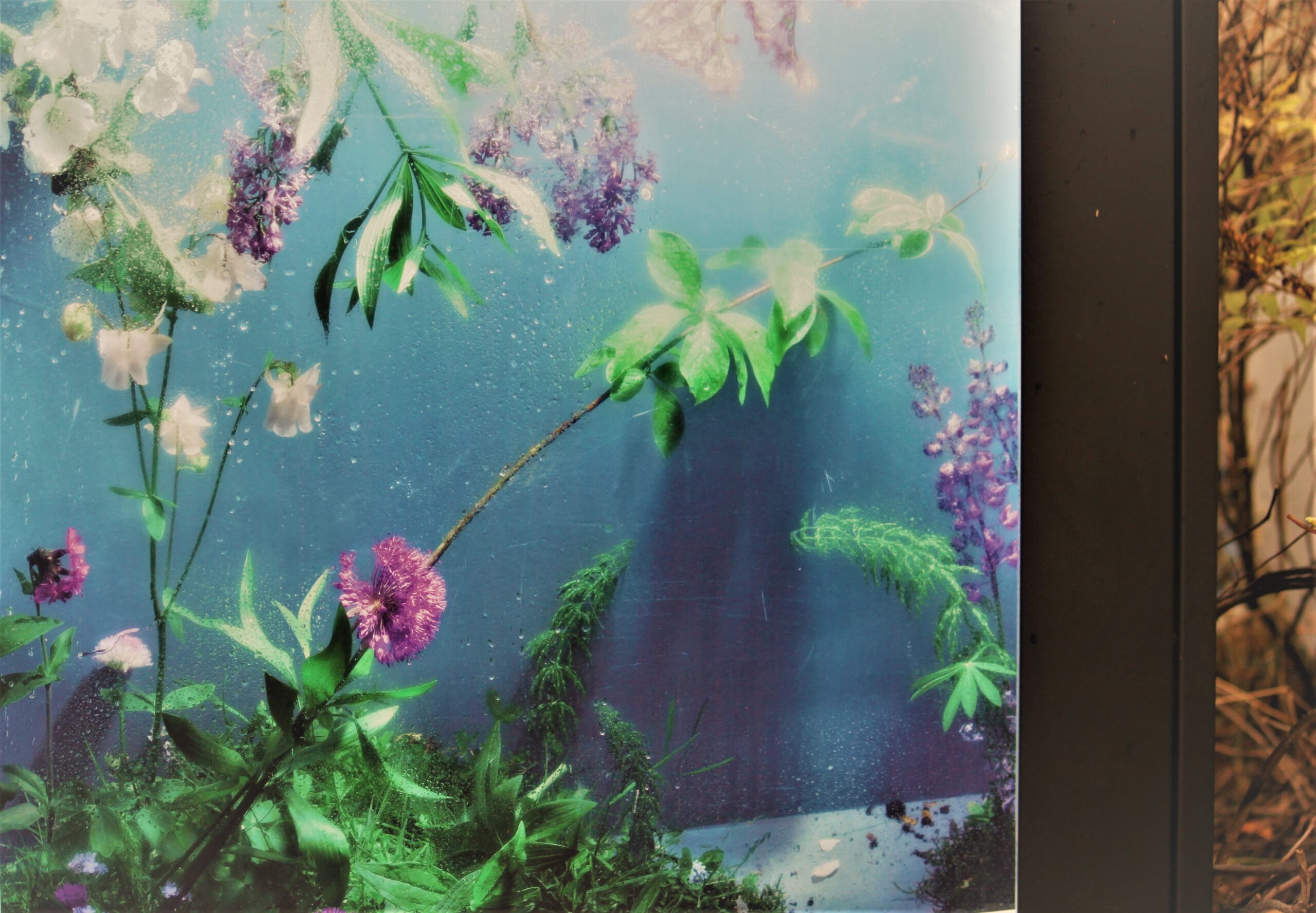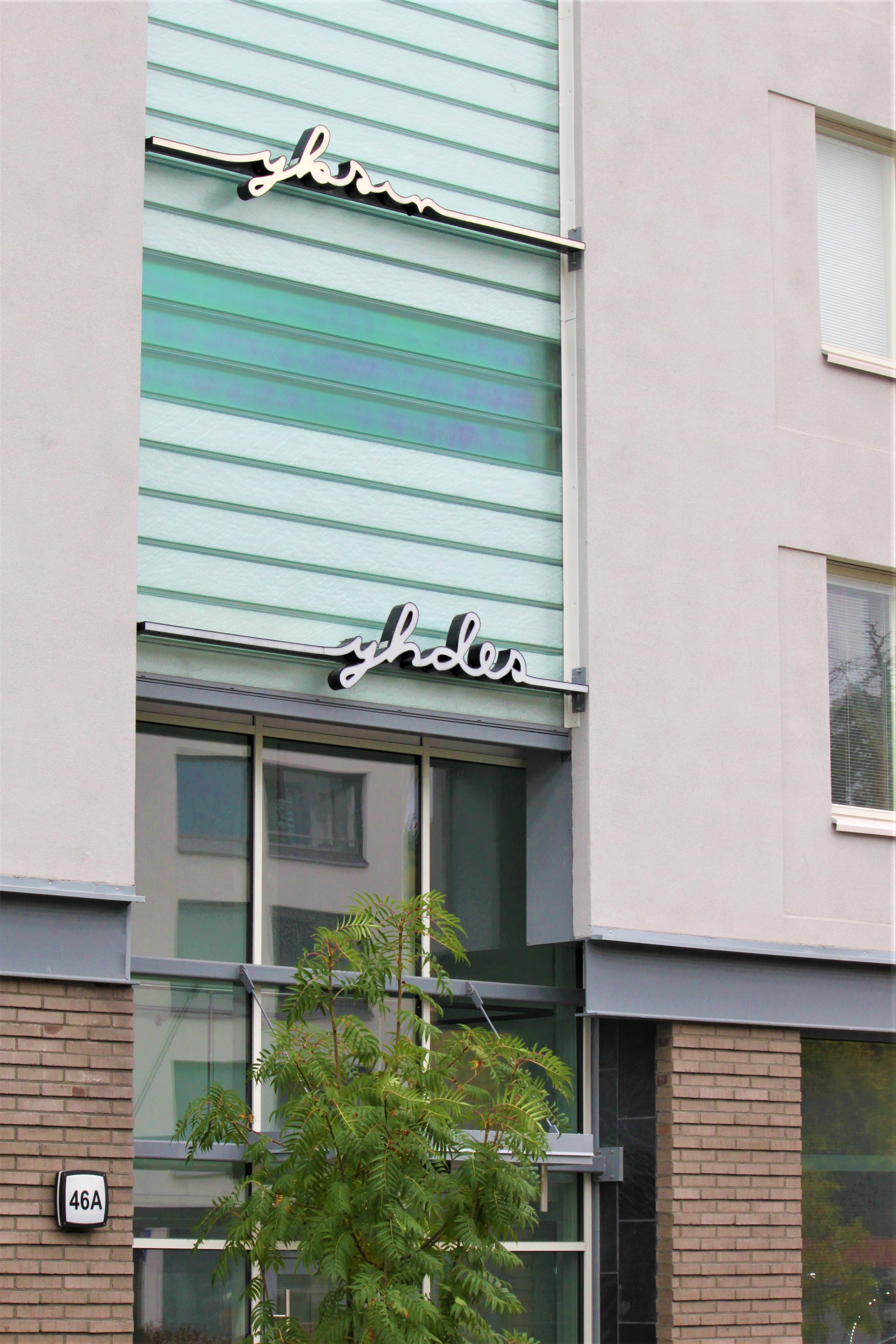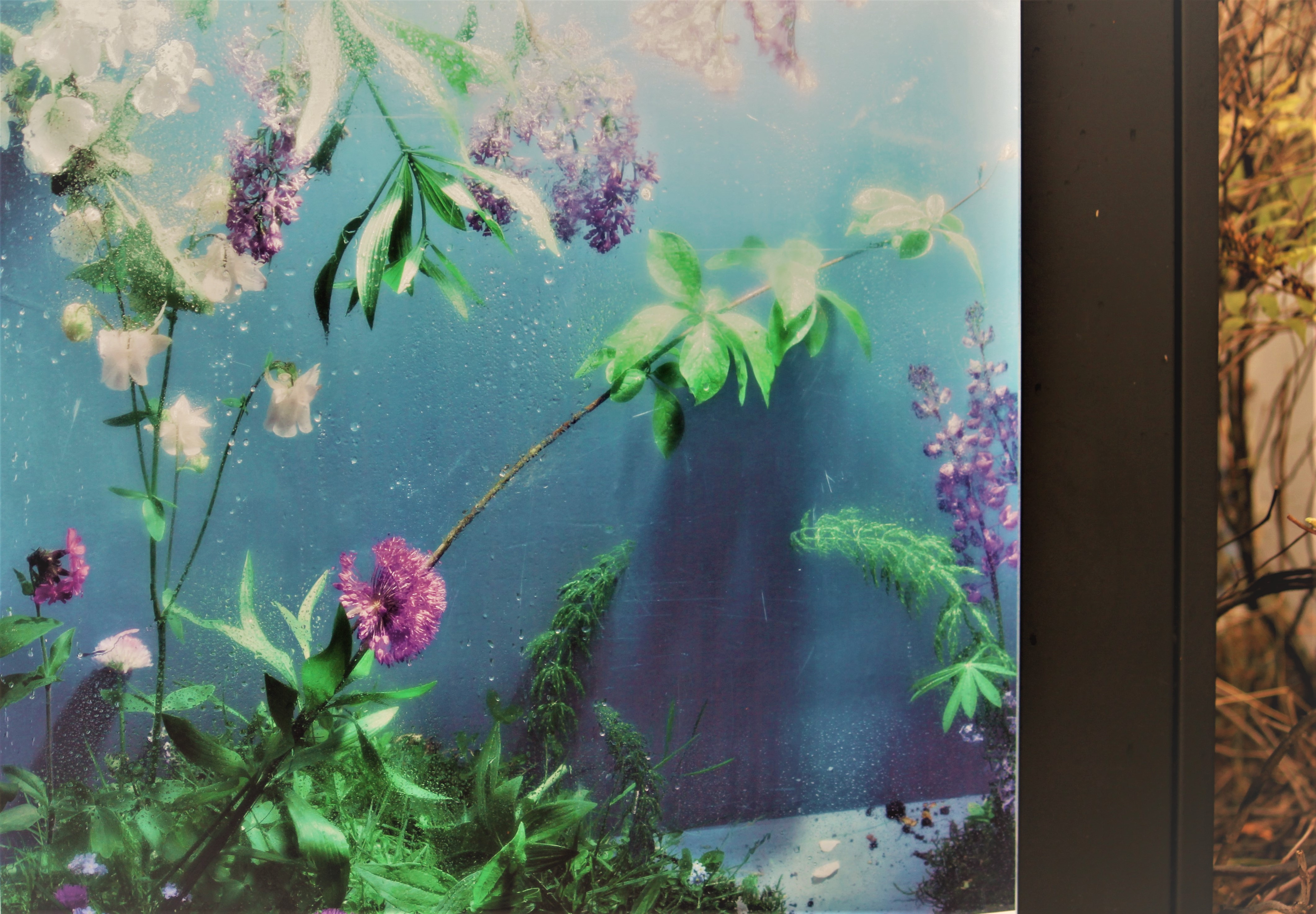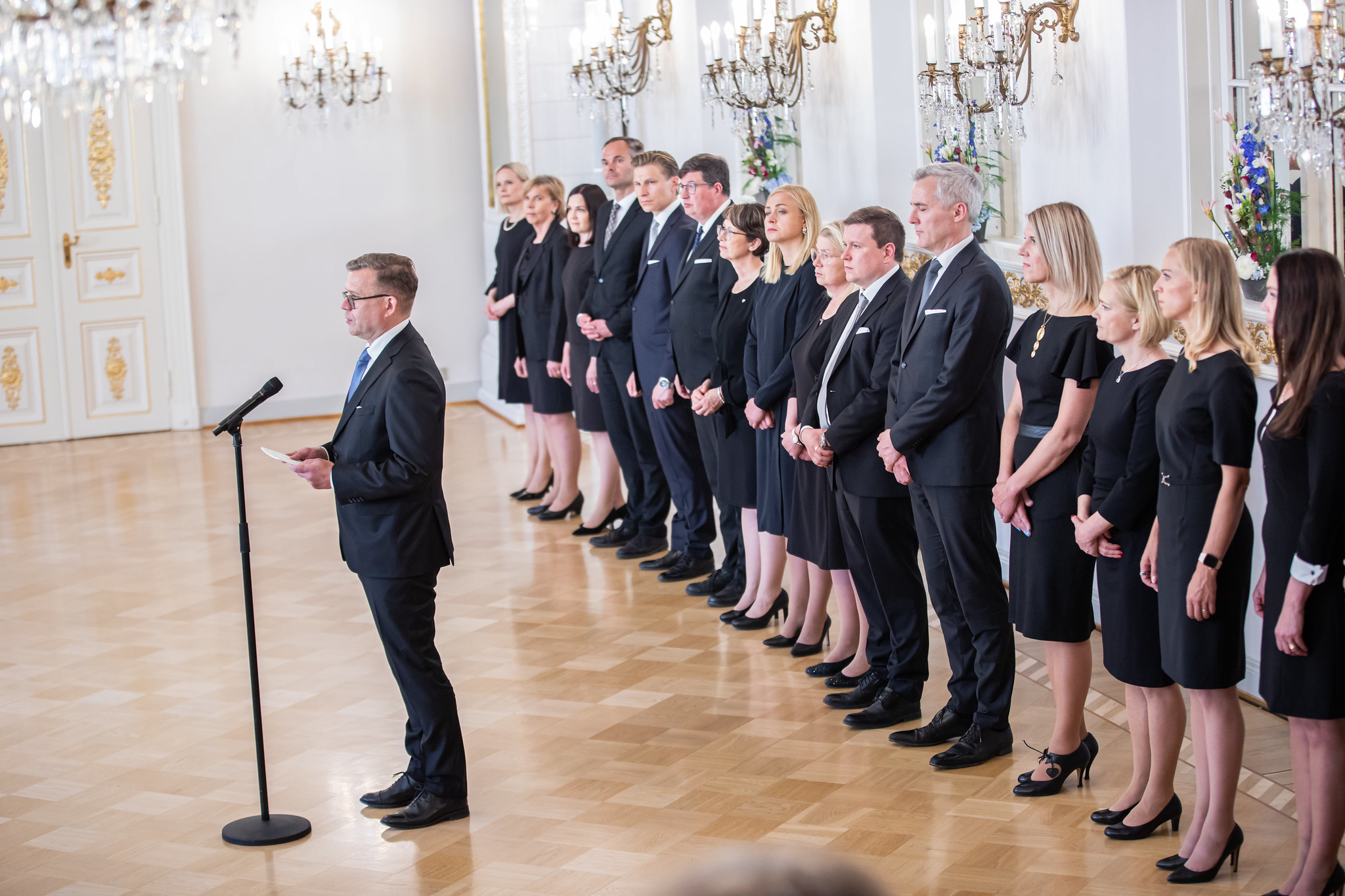Art of taking people into account in urban areas

Beyond the confines of the art world, works of contemporary public art create several meaningful values in urban environments. A recent study by the Center for Cultural Policy Research Cupore titled Public Art in Planning and Development: Economic Value and Evaluation Methods (2020, summary in English) presents impact assessment frameworks and financial valuation methods for public art. These tools help in identifying and verifying the benefits that art can generate when combined with area construction and development. The study is a one of the first efforts to find suitable methods to evaluate the benefits of public art in urban areas from the economic standpoint.
How does public art in neighborhood look like?
As an example of public art, senior advisor and architect Meri Louekari from Urban Environment Division of City of Helsinki describes the light art in the new residential district in the recent launch of the Proposal for Helsinki Art and Culture Vision 2030: “In Kruunuvuorenranta light art is a functional part of the area. Placed in an urban environment, art is a functional part of everything we do there, everyday activities, traffic, and living in general.”

A holistic integration of art and architecture, among others things, influences the elderly’s quality of life. As Oy Helsingin Kruunu is a residential apartment building in Kruunuvuorenranta with 49 residential homes for seniors with hearing, visual or physical disabilities. Designed by Architects Soini & Horto the building’s specialty is the light artwork of the walled and plastered facades and the suspended balconies. The choice of interior materials took the movement of visually impaired residents into account. Contrasting floor and wall colors make it easier to see the space. The elevators of the building are voice enabled. Source: http://www.soinihorto.fi/en/project/as-oy-helsingin-kruunu. Photo: Oona Myllyntaus.
In Finland, few developers themselves have carried out real estate art in their tenement houses. Kruunuasunnot Oy has commissioned works of art on the properties it owns in connection with renovations in case a suitable topic is found. (article in Finnish) For developers and house owners real estate art is an affordable insurance as it saves maintenance costs in the long run. When the stairwell of a tenement house is decorated with a spatial artwork or a painting, the vandalism against the staircase is reduced (article in Finnish).
In 2018–2020, Ornamo Art and Design Finland launched a project supported by European Social Fund titled Solutions for the integration of art into construction projects. As part of it I was commissioned to work at Cupore as a project manager with senior researcher Sari Karttunen as a project director in a research project addressing the question what are the non-market benefits of public art in urban areas and how to evaluate them.
Why non-market benefits and willing-to-pay methods?
The study acknowledges public art as a ‘non-market good’ because typically public art lacks regular funding and a market (a paying art audience). Nevertheless, public art can still generate economic value. Public art can be considered a public good, i.e. a good whose consumption does not impair or limit the possibilities of others to consume it, and whose consumption cannot be prevented. Because public art lacks the characteristics of goods for which there is a market, the research focused on willingness-to-pay methods.
It is possible to measure the economic effects of public art, including the effects on the price formation of dwellings, using various methods of willingness-to-pay analysis, which is used, for example, in environmental economics to assess the effect of the proximity of green areas on the price of dwellings. With these methods, the examination of the economic value of public art can be extended beyond direct use values and market prices. With them, one can measure the values of existence, option, bequest, prestige, and education, which are applicable in the studies of public art. So far, the measures seeking to evaluate the non-market benefits of public art have not been applied in practice in Finland or abroad.
Art in urban areas improves quality of life
As researchers we collected qualitative material in 2018–2019 mostly through personal interviews with developers and real estate and zoning specialists as well as art consultants in the Finnish context. Results from interviews indicated that the value of public art in residential area development is most often intertwined with residents’ better quality of dwelling and life in general.
According to the observations of one cultural producer working in the residential area ownership through art can also arise without personal interest or participation: it is enough to know that things are happening in the area. The interviewee believes that ownership increases responsibility and care for the environment and in the end enhances the safety of the area. All of these factors also have economic significance.
“The more people somehow get to participate or identify in their own residential area, the better they take care of it and take a stand on vandalism when they consider this is our thing. – It necessarily improves security. – There is a residential spirit that this is my territory and I want to take care of it.” (Interviewee 7)
One interviewed artist-architect argued that art and design communicate to residents that someone really appreciates their needs and is interested in their wellbeing. In this context, she mentioned as an illustrative example the suburban improvement projects in Eastern Helsinki, such as the renovation work in front of the Stoa Cultural Center, which involved community art.
“People notice that they are thought of and valued, and that there is something special here –. I personally think that – what added value we can bring through art and artistic design, so – I hope that it transmits – that energy that we incorporate into something – so that they understand and recognize that someone has really thought of us here.” (Interviewee 9)

A community art project Imaginary Malmi in 2019–2020 presents visions of Malmi’s future through photographic art. During the project, four works of art designed and executed together with the residents of the neighborhood were created. The works of art are made into electrical cabinets. In the artwork Alive (in the photo) traditional plants of Malmi are stored inside the electrical cabinet as in a diorama. The piece reflects the residents’ desire of greener neighborhood in the future. Source: http://www.allwallscollective.com/. Photo: Oona Myllyntaus.
Based on the public art research conducted at Cupore during past two years I argue that the lingering modernist opinion that art is deemed valuable solely based on its connection to formal institutions should be reopened for critical examination. Especially works of public art can reveal the inherent values of a community, and using art to communicate these values is a way to broadly tap into the processes of humanizing society. In conclusion, what is important is not merely the so-called inherent value of art, but a community, which can obtain inherent values through art.
Oona Myllyntaus does a doctoral dissertation in Educational Sciences at the University of Helsinki. The focus of her thesis is on Nordic public art from the perspectives of learning and learning environments. Oona’s recent research interests include school design, questions of applied aesthetics, and development of thinking skills.
Read more about Cupore’s research project in our website.
See more about results of the development project Art in Use – Solutions for the integration of art into construction projects streamlining the co-operation between the creative design and construction sectors (Creative Expertise project 2018–2020, European Social Fund) in Finnish or briefly in English.
Cover photo: Oona Myllyntaus


